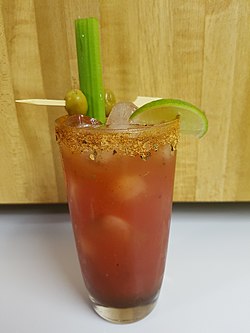
This is a list of clam dishes and foods, which are prepared using clams as a primary ingredient. Edible clams can be eaten raw or cooked. Preparations methods include steamed, boiled, baked or fried.

This is a list of clam dishes and foods, which are prepared using clams as a primary ingredient. Edible clams can be eaten raw or cooked. Preparations methods include steamed, boiled, baked or fried.


